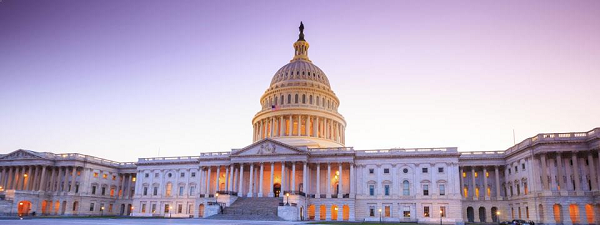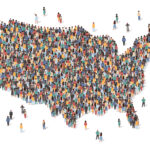With the Milwaukee Bucks’ NBA Championship, a lot of attention has been paid to their star and Finals Most Valuable Player (MVP) Giannis Antetokounmpo. As the son of Nigerian immigrants who was born and raised in Greece, his immigration story has been featured in many profiles following the championship win.
I’ve been a sports fan for years, and loyally follow Kansas City and University of Kansas teams. Both have prominently featured immigrants in recent years, and as someone who works in immigration, I have always loved following their stories.
In 2015, the Kansas City Royals won the World Series, ending a 30-year drought. The World Series MVP and heart and soul of that team was Salvador Perez, a native of Venezuela. “Salvy,” as everyone in Kansas City calls him, remains a Royal six years later and is the face of the franchise. Now 31 years old, he still has a boyish joy for the game, looking to prank teammates by giving them the “Salvy Splash” of pouring the Gatorade container over their heads. (This is something he did after literally every win during the 2016 run to the title.)
Like so many Latin American players, he came from impoverished beginnings. His family made ends meet by selling homemade cakes, flan and lasagna. When he was just 16 years old, he signed a minor league deal with the Royals for $65,000 in 2007. He worked his way up to the majors by 2011, and quickly signed an extension to stay in Kansas City and get long-term security. When he won the World Series MVP, he “only” made $1 million. After the Royals could no longer afford to keep together their World Series core and others looked to be traded, Salvy was the one who wanted to stay in Kansas City and be a lifetime Royal. On January 24, 2020, he took his naturalization oath, completing his immigration journey and signed an extension with the Royals shortly thereafter, cementing himself as a Kansas Citian and American.
Kansas basketball has been blessed with several star immigrant players. One of the most prominent, Joel Embiid, was only on the team for the 2013-2014 season, but had a lasting effect. A native of Cameroon, he came in almost under the radar, while a fellow freshman Canadian immigrant, Andrew Wiggins, had all the buzz as the country’s number one recruit. Embiid, a native of Cameroon, was a soccer player for most of his life until he grew too tall as a seven-footer. He began to play with Basketball without Borders, and eventually came to the U.S. to prep school. At the first public scrimmage, he was yelled at by Coach Bill Self so much that he had to get a pep talk from an assistant to convince him he was good enough to play at all during his freshman year.
He looked rough around the edges at first, but then quickly became dominant. He kept improving his post moves, utilizing the footwork he’d gained from soccer. His basketball idol was Hakeem Olajuwon, a native of Nigeria who won two NBA titles with the Houston Rockets, and was known for his own great footwork from playing soccer. Embiid in post-game interviews would talk about how he was getting better at basketball so quickly by watching Youtube videos of Olajuwon. We also saw signs of the burgeoning big personality that really developed in the NBA, doing things like convincing the entire team he had killed a lion with his bare hands while in Cameroon.
Embiid was one of several notable immigrants on KU’s team over the years. There was Sviatoslav Mykhailiuk, a Ukrainian player who everyone called “Svi” because no announcer could pronounce either of his names. He began as a 16-year-old freshman who could barely speak English to easily handling press conferences his senior year. KU also had Udoka Azubuike, a Nigerian and another former soccer player who literally outgrew the sport.
Kansas basketball players are celebrities in Lawrence, Kansas, and sometimes it’s easy to forget they’re still just kids for the most part. One of the assistant coaches still likes to joke about how now NBA All-Star Joel Embiid stayed at his house over the holidays and ate endless pans of brownies his wife made, staying with an assistant because he had no family he could stay with in the U.S. Taking a step into the unknown like these players do must be incredibly difficult.
For all the immigrant players, I imagine that the most memorable part of their careers was probably when their parents or loved ones were able to find a way to see them play for the first time in person. When I witnessed that moment, or saw it replayed on TV, it was always a reminder of how hard it must have been to come play in a new country as a teenager, and often for years not having the luxury of having their parents watch them triumph in their dream. Like so many immigrants, athletes often sacrifice time with the families they are working so hard to help support.
***
AILA members interested in learning more about immigration issues relating to athletes may find the upcoming conference on October 12, 2021, of interest.
Another resource that might be of interest is AILA’s Immigration Options for Artists, Entertainers, and Athletes which provides an in-depth analysis of the laws and procedures governing visa options for foreign-national artists, entertainers, and athletes. The book brings together articles by many of today’s leading practitioners with an expanded treatment of issues specific to athletics.







